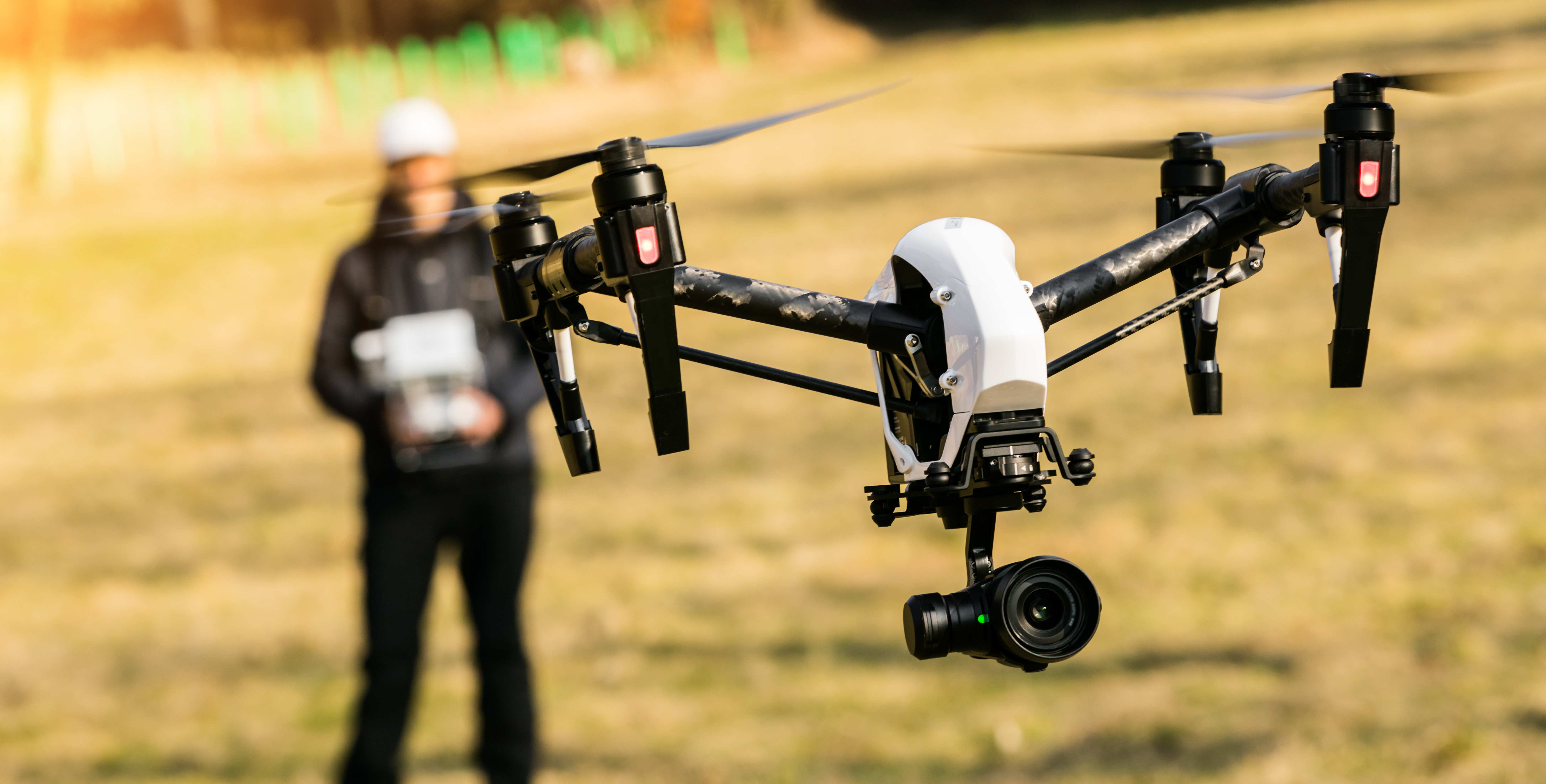UK HSE Sponsored Research Seeks to Build Remote Visual Inspection Technologies – Sponsors are being sought to co-fund two shared research projects, which will help the UK’s Health and Safety Executive (HSE) improve the use of remote visual inspection technologies and increase take-up of wearables in the workplace.
The two projects are part of the HSE’s shared research programme, which was set up to help find solutions to cross-sector safety issues that are of interest to both industry and regulatory bodies.
The first project on remote visual inspection (RVI) technologies (bit.ly/2G0Qzgf) aims to develop an evidence base to inform RVI-related decisions. As the HSE explains, recent advances in access technologies such as unmanned aerial vehicles (UAVs) and remotely operated vehicles (ROVs), coupled with imaging technology, has enabled industries to remove increasingly the human element of visual inspection in high-risk environments, including confined spaces and work at height.
However, despite the safety benefits this presents, the HSE acknowledges that the limitations of using remote visual inspection technologies has yet to be thoroughly explored. It notes that variables such as lighting and surface quality can have a significant effect on image quality, the steps from image capture to damage recognition are not standardised and the influence of human factors is not well understood.
The HSE adds: “The risk balance of avoiding manned interventions compared with that of a potentially reduced probability of detection, or incorrect sizing, arising from RVI must be understood from a goal-setting perspective.”
The regulator says that a steering group comprising operators, inspection companies, technology providers and the HSE will oversee the delivery of four technical work packages.
The first considers current technologies and practices while the second aims to design and conduct a series of inspection trials to benchmark current technologies, imaging methods and human performance.
The third work package will assess how human factors can impact on the quality and reliability of RVI results, particularly in comparison with conventional visual inspection. The final work package will pull together the outputs from the earlier stages and produce draft good practice. A workshop will then be held to share feedback and finalise the guide.
The HSE says it will need £700,000 in funding, which means that each project sponsor would need to contribute £50,000. The project should start in mid-2019 and take 24 months to complete.
The second project (bit.ly/2MSZ4eT) will explore how the barriers to the effective adoption of wearable devices, equipped with positioning technologies and coupled with sensors, can be overcome.
As the HSE explains: “The advancement of the Internet of Things has meant that many of these technologies are commonplace in helping improve workplace productivity. There is also an opportunity to explore how these technologies can help enhance workplace safety and health.”
The regulator has recognised that a “dynamic rolling programme of work” is needed to keep pace with innovation and maximise the safety benefits of wearables. It has proposed a framework for a joint research programme, which will consider issues like the prevention of musculoskeletal disorders, fatigue detection, using geo-fencing to control access to hazardous areas and man down detection.
IMEC Technologies provides Safety Management Software to increase worker safety and aid compliance. IMEC’s Safety Management Software will manage inspections and audits, provides hazard identification, incident reporting, management of corrective and preventative actions from generation to closure. IMEC provides lock out tag out software solutions that will allow users to create lockout tagout procedures using an intuitive Mobile App and Manage Lockout Tagout Procedures, also the Review and Execution of those Lockout Tagout Procedures using the Mobile App. Annual Lockout Tagout Procedures audits are conducted using a Mobile App. The Mobile Inspection App allow users to perform inspections and audits, for example the system can be used as a Fire Extinguisher Barcode Inspection Software system to manage monthly fire extinguisher inspections and general fire safety inspections and also to record safety observations and manage corrective actions, anywhere and anytime. The solution can be used as a fire extinguisher barcode inspection software system or life safety inspection system to aid compliance in Higher Education, Healthcare, Industrial and Commercial Organizations. Benefits from a Fire Extinguisher Barcode System include the elimination of paperwork and reducing the burden of compliance with regulations such as NFPA, The Joint Commission. The Incident Reporting App allows users to easily and quickly report incidents, hazards and near-misses, these are then sent to the appropriate people for action and are managed to closure. Web Apps provide features such as, setup, management, scheduling tools, analysis, reporting and dashboards etc with the ability to report incidents to government bodies such as OSHA and RIDDOR. HazMat T&T is a hazardous waste management software solution designed for Environmental Service Companies and companies who generate a large quantity of hazardous waste. The solution tracks hazardous waste from cradle to grave aiding compliance, providing accurate waste inventory, increasing waste handling efficiency, reducing risk and also helps manage waste costs. HazMat T&T Hazardous Waste Management Software can be deployed in a number of deployment scenarios, from Large Hazardous Waste Generators, tracking their hazardous waste at their site to Environmental Service and Waste Management Companies using it track and manage hazardous waste at transfer and disposal sites. For more information visit our website www.imectechnologies.com

